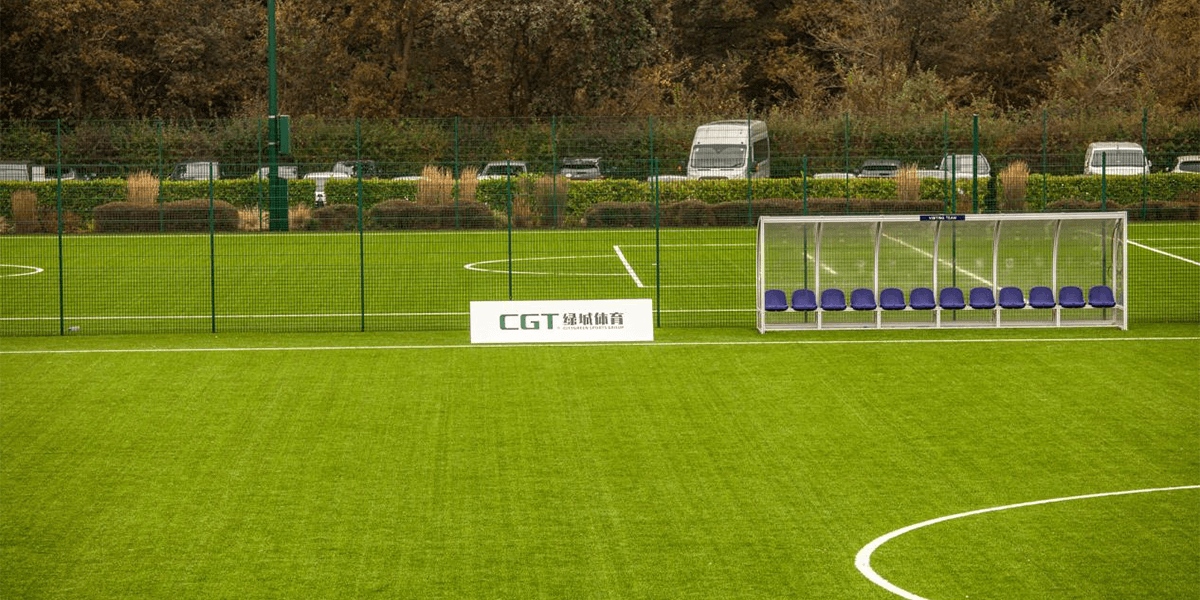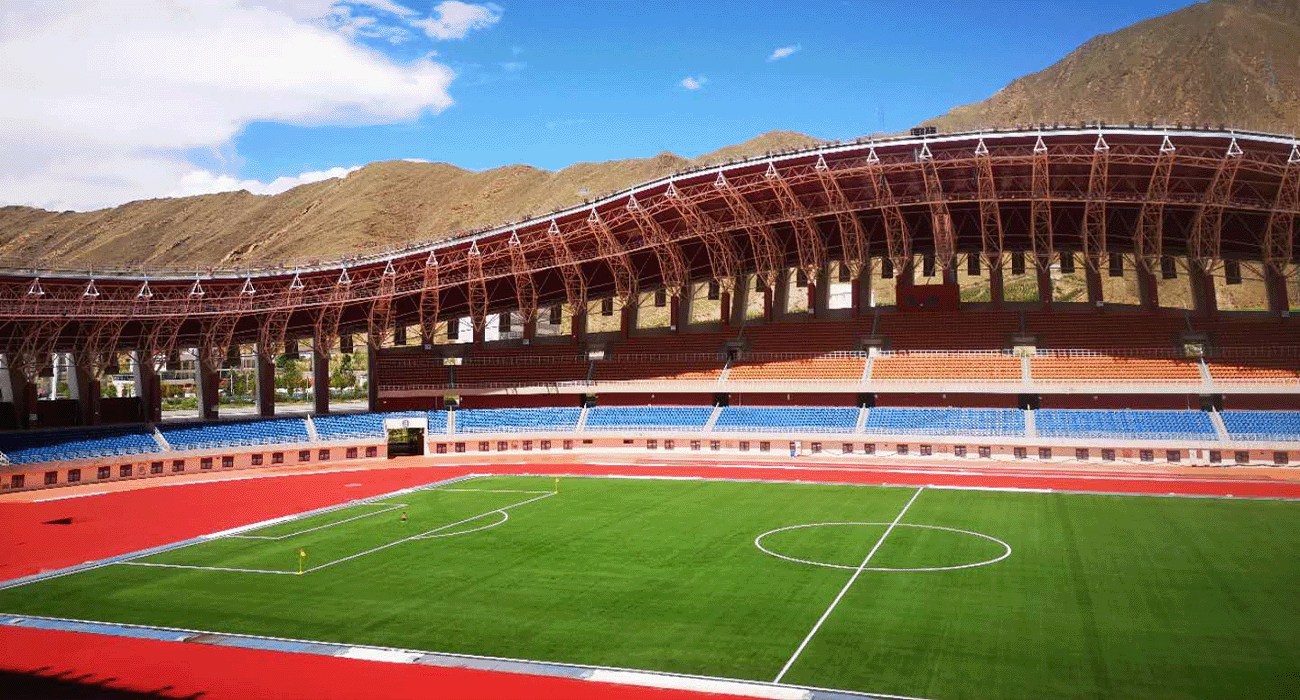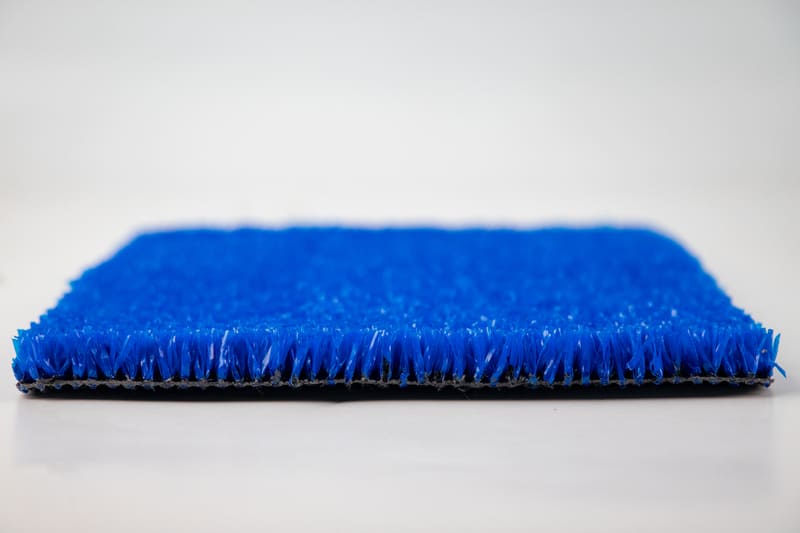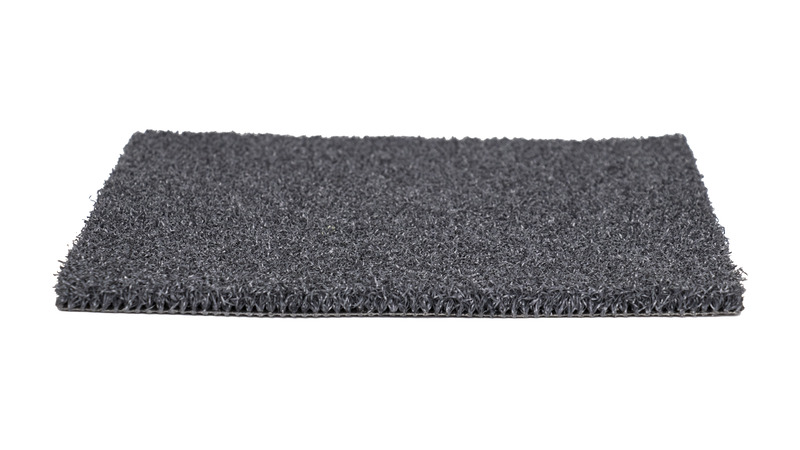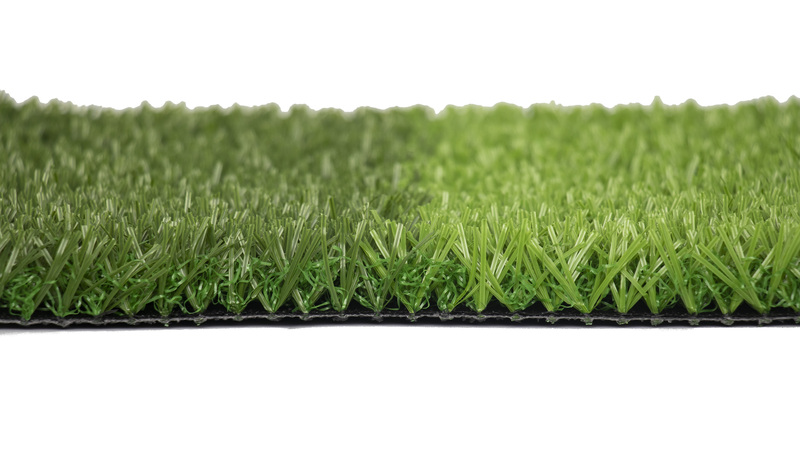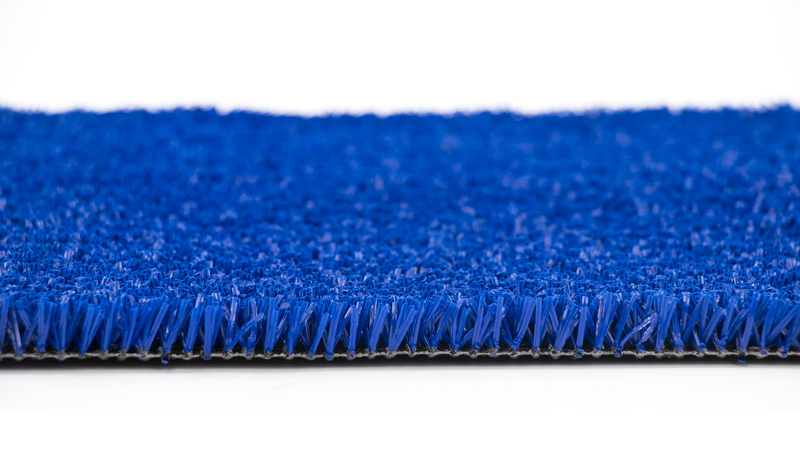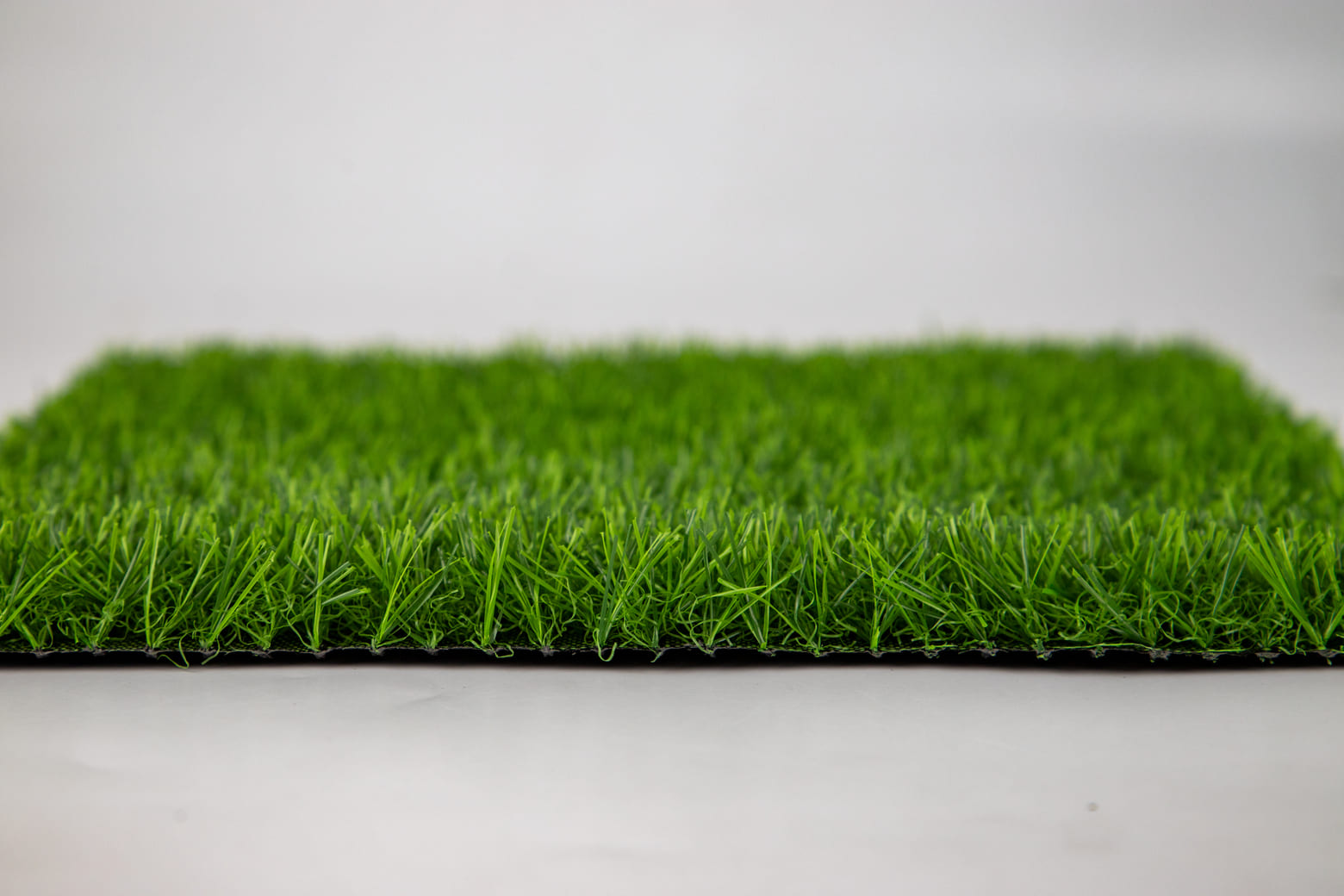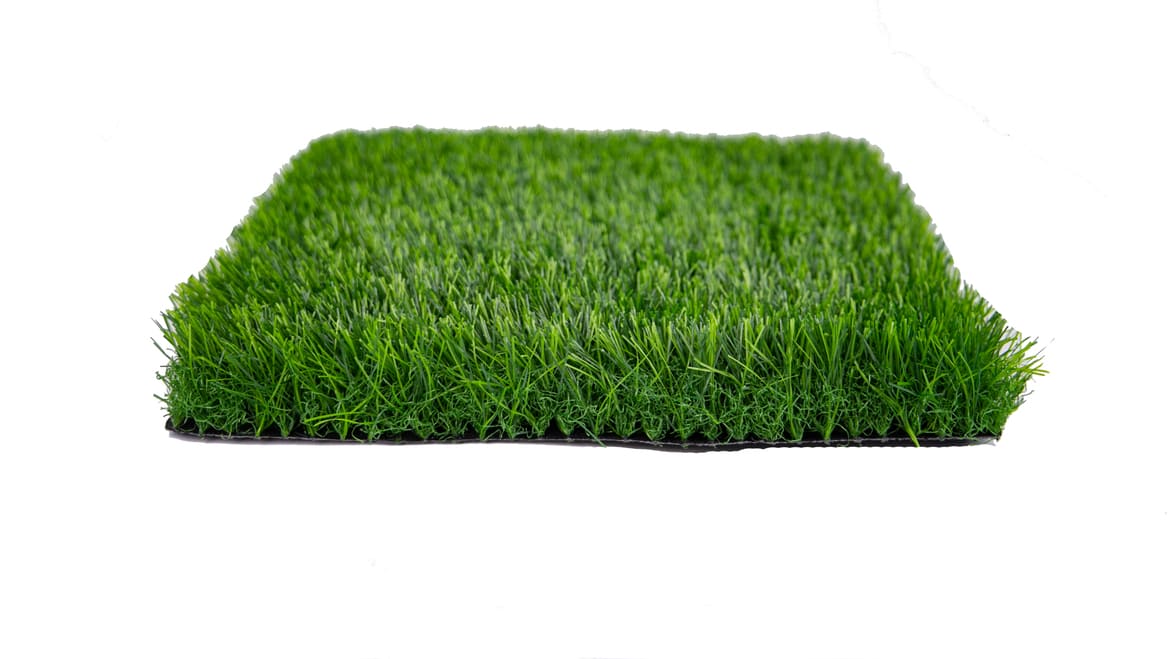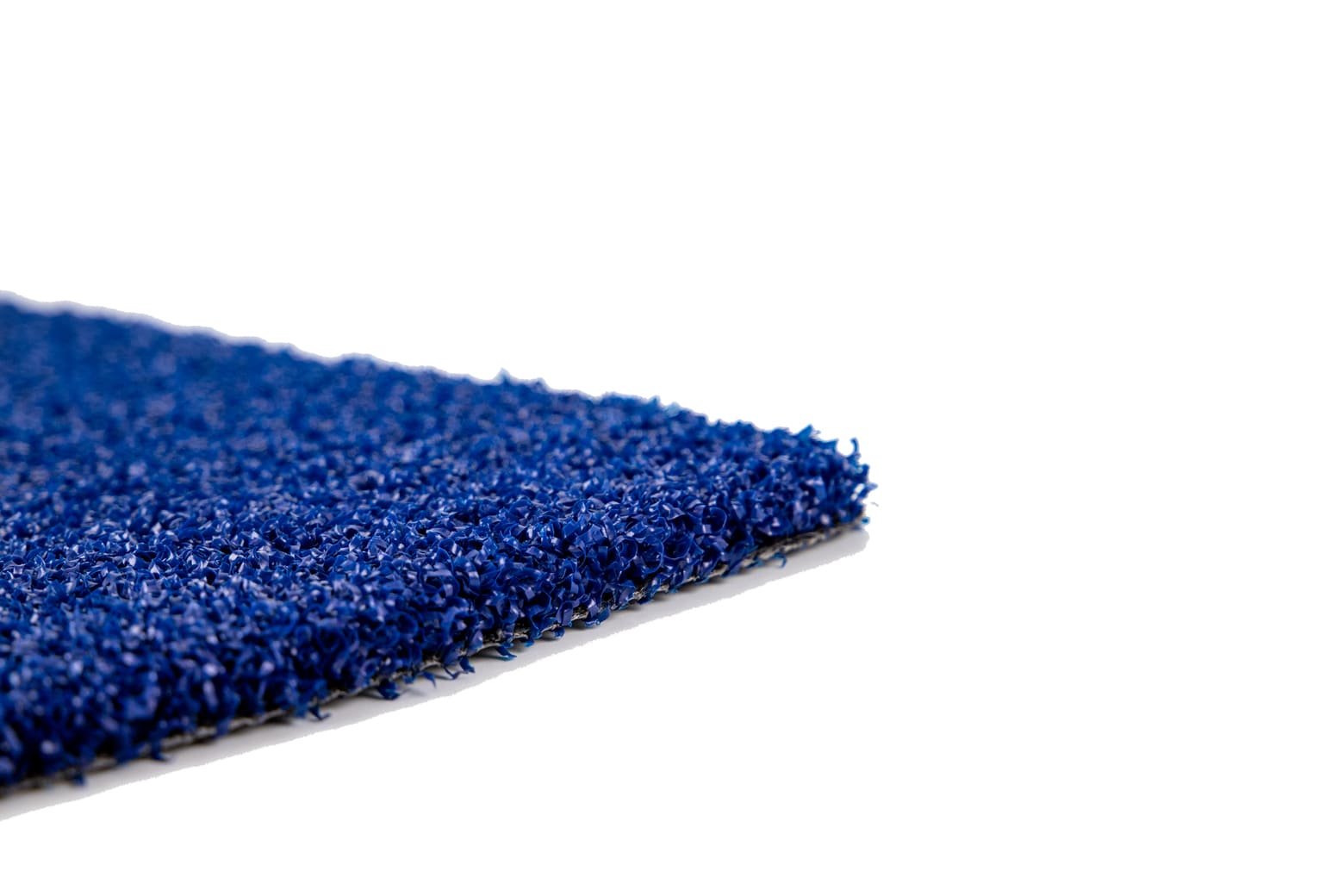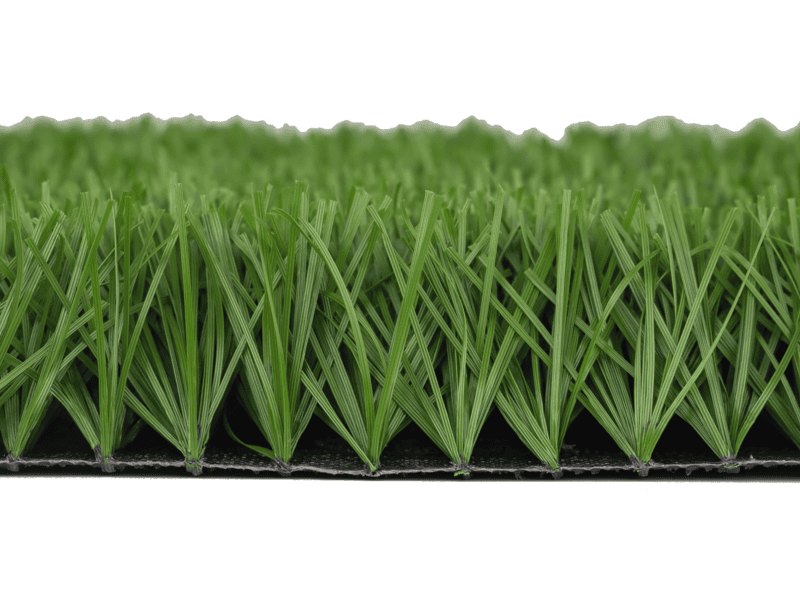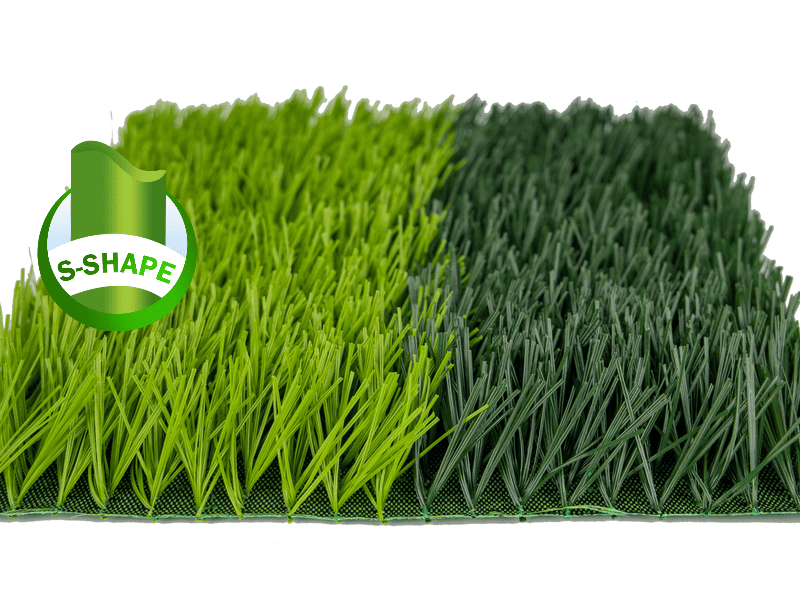As a stadium planner, builder, or developer, adhering to FIFA's football pitch standards is essential for ensuring your facility is fit to host official matches while providing a safe and enjoyable experience for players, officials, and spectators.
As of 2025, FIFA's most recent regulations for football pitch dimensions, surrounding areas, and infrastructure are crucial considerations for stadium construction and renovation projects. This guide will walk you through the key elements you need to know to ensure your stadium aligns with FIFA's exacting standards.
1. Field of Play Dimensions
A FIFA-compliant football pitch must adhere to strict size specifications to ensure fairness and consistency in match conditions. The field of play is the area bounded by the goal lines and touchlines, and according to FIFA's recommendations, the ideal dimensions are:
- * Length: 105 meters
- * Width: 68 meters
These dimensions create a uniform playing area, helping to maintain consistent conditions across all stadiums.
The field must be rectangular and clearly marked with continuous lines, which define the boundaries of the playing area. The touchlines should run parallel to the orientation of the stadium, and only the lines specified in Law 1 of the Laws of the Game should be marked on the field. Additionally, the playing surface must be level, and free from any undulations to ensure optimal conditions for all matches.
FIFA Recommends Dimensions Of The Pitch
2. Grassed Area Beyond the Field of Play
To ensure player safety and provide space for additional activities, FIFA recommends a grassed area extending beyond the field. This extension should be level and free from obstructions to allow players to move freely and safely.
- * Recommendations:
At least two meters beyond each touchline and goal line (ideally the same as the field)
- * For larger stadiums:
- Five meters beyond each goal line
- Four meters beyond each touchline (before reaching any advertising boards)
This additional space reduces the risk of player collisions with barriers or spectators and provides extra room for photographers, security personnel, and medical staff.
3. Pitch Surrounding Area
The area surrounding the pitch—comprising the field of play, the grassed areas, and the space leading up to the spectator stands—must remain clear of permanent installations that could obstruct player movement. This ensures safety and ease of access for security teams and other essential personnel.
- * Non-slip Surfaces: All areas within the pitch's perimeter should be non-slip to maintain safety for players and staff during high-intensity moments in the game.
- * Clearance Zones: This surrounding space should also be spacious enough to facilitate quick emergency evacuations and provide unobstructed views for fans.
4. Players' Tunnel
The players' tunnel, typically located at the halfway line, serves as the entry and exit point for teams and officials. It should be spacious enough to accommodate all participants comfortably. FIFA has set minimum recommended specifications to ensure ease of movement and safety. The recommended dimensions for a player's tunnel are:
- * Width: 4.5 meters
- * Height: 2.4 meters
Also, the tunnel should have protective, non-slip flooring to prevent accidents. Additionally, some stadiums may opt for fireproof or telescopic designs to shield players from external elements, depending on the stadium's location and environmental needs.

CGT is the official synthetic turf supplier for Tottenham Hotspur
5. Warm-Up Areas
Stadiums must incorporate two dedicated warm-up areas to help players prepare for matches while reducing the risk of injuries. FIFA's standard recommendations are:
- * Location: Ideally, behind each goal
- * Size: Approximately 3 meters by 30 meters
- * Surface: The warm-up area should have the same playing surface as the main field to maintain consistency and avoid player injuries.
In some cases where space is constrained, these warm-up zones can be positioned next to the team benches or other accessible locations within the stadium.
6. Advertising Boards and Emergency Exits
Advertising boards play a key role in stadium revenue generation, but must be positioned carefully to prevent obstruction. FIFA recommends that advertising boards be placed at specific distances from the field to ensure they don't interfere with the players or the spectators' sightlines.
Moreover, all emergency gates must open directly and quickly toward the field, aligning with the gangways leading to the spectator areas. Perimeter boards should not obstruct emergency evacuation routes, and pitch sprinklers must not be placed behind any advertising installations.
This careful positioning ensures a quick and effective response in case of emergencies.
7. Field of Play Equipment
All on-pitch equipment must comply with the latest version of Law 1 – The Field of Play in the Laws of the Game. This includes goalposts, corner flags, and team benches, all of which must meet specific guidelines:
- * Goals: Must meet FIFA's specifications for height, width, and safety.
- * Corner Flags: Should be at least 1.5 meters high with a non-pointed top to prevent injuries.
- * Team Benches: Positioned parallel to the touchline, with a minimum distance of 5-8 meters from the field and at least 5 meters from the halfway line.
These rules ensure that all equipment is both functional and safe for the players and officials.
FIFA Quality Artificial Football Turf
8. Construction Considerations for FIFA-Standard Football Pitches
When designing and constructing a stadium that complies with FIFA standards, it is essential to work with experts in artificial turf manufacturing and football pitch design. Whether you are planning a new stadium or upgrading an existing facility, working with a FIFA-certified turf supplier can ensure your project meets the latest requirements.
Stadium builders should also prioritize sustainability and innovative technology to enhance the pitch's durability, environmental friendliness, and performance. Using high-quality materials and state-of-the-art construction methods will not only help achieve FIFA compliance but also improve the overall fan experience.
Conclusion: Build with Confidence – FIFA-Compliant Pitches by CGT
Adhering to FIFA's official football pitch standards is critical for creating safe, high-performance stadiums that are ready to host international-level matches. From precise field dimensions and surface quality to infrastructure and safety zones, every element must align with FIFA's rigorous requirements.
As a FIFA licensee since 2019 and an official synthetic turf supplier to Tottenham Hotspur, CGT brings over 22 years of expertise in artificial turf manufacturing and football pitch design. Whether you're constructing a new stadium or upgrading an existing one, we offer proven, professional solutions that meet FIFA's highest standards.
Let CGT be your trusted partner in creating world-class facilities with durable, high-performance synthetic turf for football fields. Contact us today to discuss your project and ensure your pitch is ready for the top level of global competition!




